In recent years, many people have shifted towards an eco-friendly, cruelty-free system of habits, widely known as veganism. While it’s established that veganism is concerned with food choices, it actually extends to other areas like the fashion industry.
When you make the conscious decision to go green or embrace veganism, you’re not only abstaining from eating meat; you’re considering each other aspect of your life where your choices might affect animals and the environment in which you coexist.
Therefore, it has become the norm that vegans started looking for vegan alternatives to their clothes and footwear. The majority of vegans don’t use materials like silk, leather, and fur. Instead, a list of eco-friendly materials has been introduced. While some of these vegan materials are healthy, some are severely damaging. But that’s another story.
I spent a couple of weeks browsing for vegan shoes for summer, navigating my way through vegan and non-vegan stores, and an inevitable question kept popping up: Why is vegan fashion becoming popular? Is it because better alternatives are here now? Is it because veganism is turning from a fringe movement to a sturdier one? Are vegan materials cost-effective?
Dear reader, I share my latest observations and findings on the matter in this article.
1. Vegan Fashion is Affordable
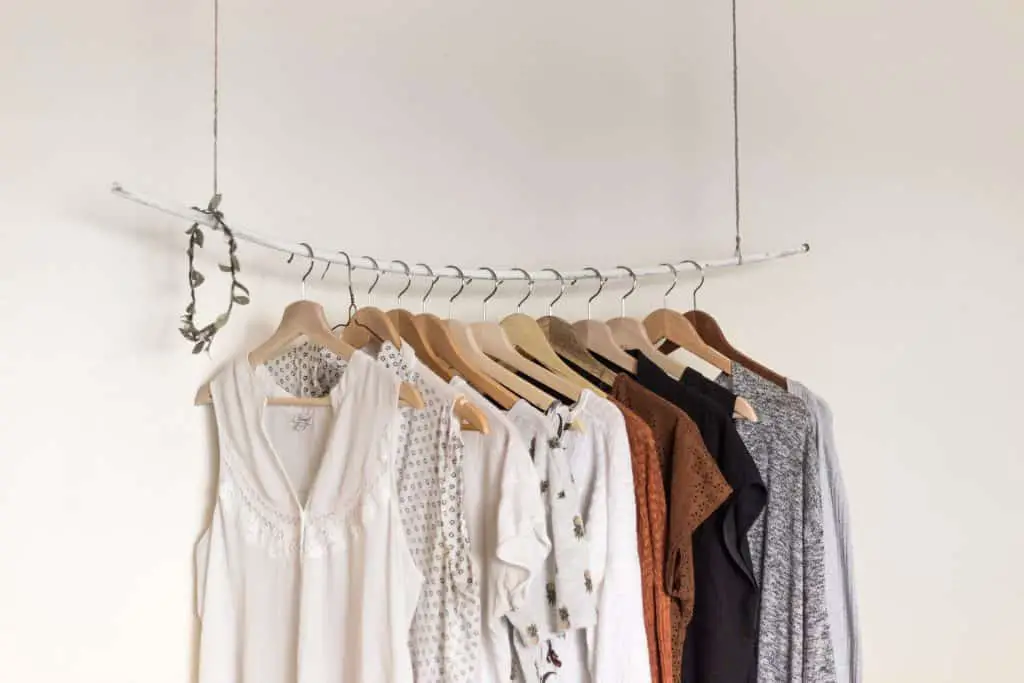
While non-vegan materials like fur and leather are indeed pricy, the majority of vegan alternatives are very cheap in comparison! Even if you haven’t decided to go vegan yet, you can still search for vegan options to save up a couple of dollars here and there.
Instead of getting a pair of leather shoes or a fur jacket, think of the number of vegan clothes and footwear you can get at the same price! You’ll have a bigger closet full of various items, none of which are as cruel as non-vegan materials. A closet with healthier items is a better closet.
> Read more: 8 affordable vegan fashion brands.
Additionally, most vegan materials are chemical-free, which means their production isn’t as demanding as their non-vegan counterparts.
Because of its affordability, vegan fashion is becoming popular with people, even if they’re not aware they’re actually buying vegan stuff.
2. Vegan Fashion is Eco-Friendly
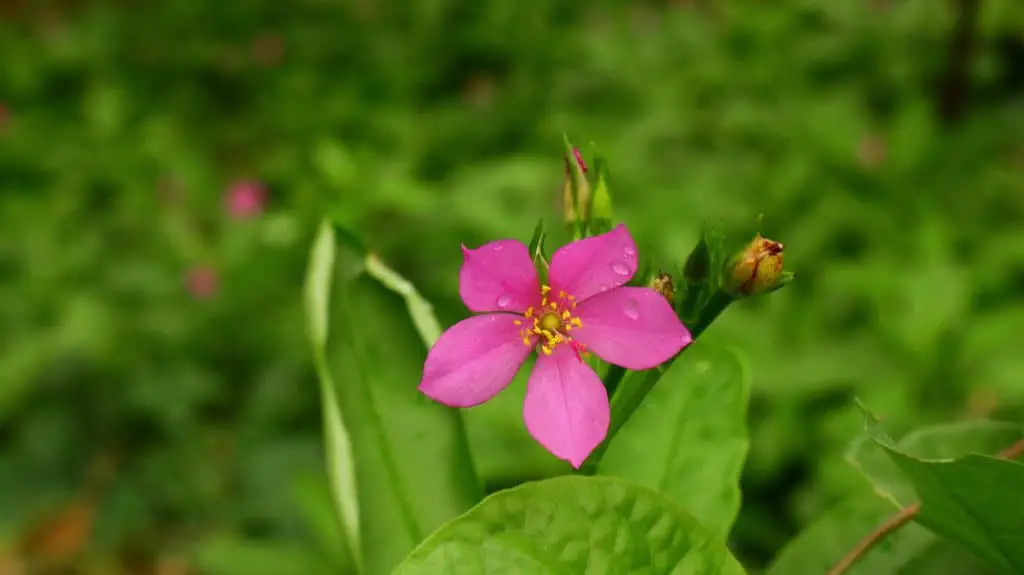
Nature has a generous repository of resources to choose from. You don’t have to invest your money in an expensive material that severely ruins the ecosystem. Some vegan materials, like cotton, linen, hemp, and the recent piñatex, are healthier choices to consider.
We can easily get these materials from the environment without needing more water, land, or pesticides. Piñatex is literally the waste of pineapple farming! It would’ve gone to waste if it wasn’t employed in the vegan fashion industry.
The non-vegan fashion industry directly contributes to greenhouse gas emissions. Animals are usually kept in small areas and bred before they are slaughtered for their leather or fur. This increases greenhouse gasses, resulting in climate change and global warming. It’s a long-term change, but it’s becoming evident every day.
3. Vegan Fashion is Cruelty-Free
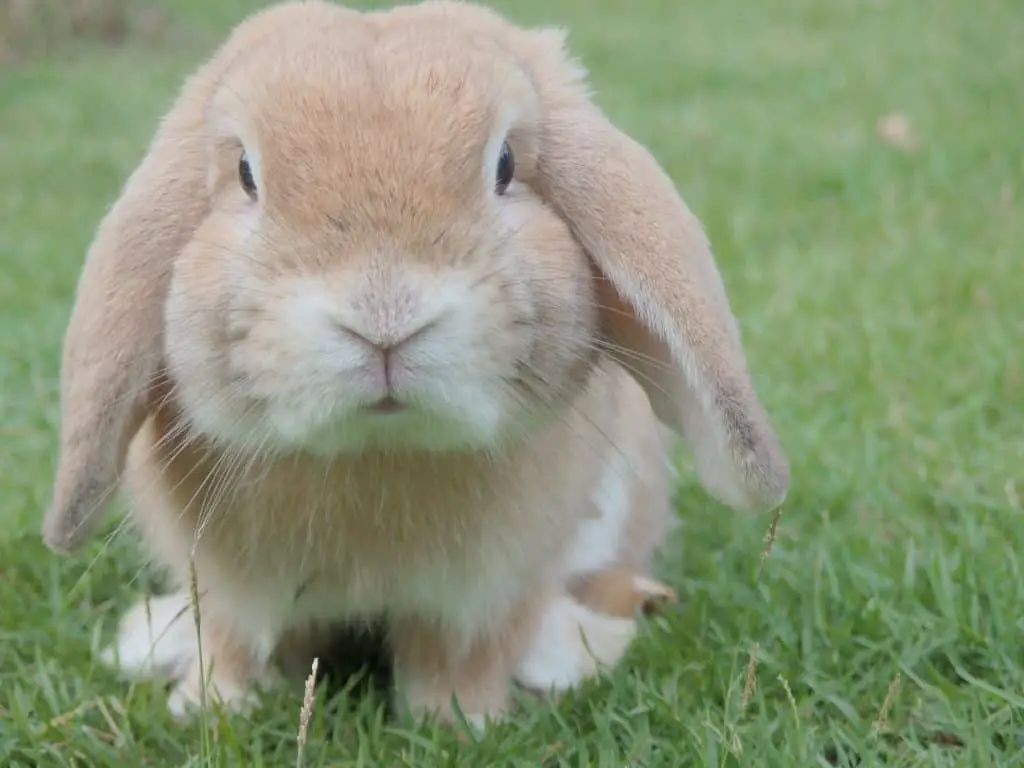
It’s quite apparent that veganism seeks to exclude, as far as practicable, all the possible forms of exploiting and subjecting animals to harsh conditions.
It might be some people’s argument that in some cases, like the case for wool, the animals aren’t even killed! Others might advocate for real leather items, stating that if the leather they give off isn’t used, it will merely go to waste. Why shouldn’t we use it?
In this section, we’ll give you a glimpse of what animals endure so that you can wear a leather bag or a fur jacket.
In most cases, animals live in extremely unhealthy environments where not enough medical care is provided, and basic rights are discarded. They’re kept in small cages where no light penetrates, and they are only as good as they produce wool, leather, or fur.
Once they produce the required materials, they’re treated even more harshly. In some cases, they’re cold-heartedly killed because they’re not useful anymore. Is this something you want to take part in?
Let’s discuss some non-vegan materials to highlight how inhumane people can get.
Silk
Silkworms produce silk as they make their cocoons. To make sure their silk isn’t damaged before it is harvested, caterpillars are killed to get their silk.
> More on silk: Is silk vegan?
Wool
Wool is another precious material that gets hundreds of sheep killed for fancy coats and shoes. The problem with wool production is that it largely depends on selective breeding to make sure the sheep will produce enough wool. Once the quality of their wool worsens, the poor animals are savagely killed.
> More on wool: Is wool vegan?
These are just two examples! The point we’re making here is that vegan fashion has garnered increasing attention in recent years. If you genuinely care for the well-being of animals and your environment’s safety, have a closer look at vegan alternatives, bearing in mind that some are greener than others.
This leads us to the next section.
4. Vegan Fashion is Sustainable
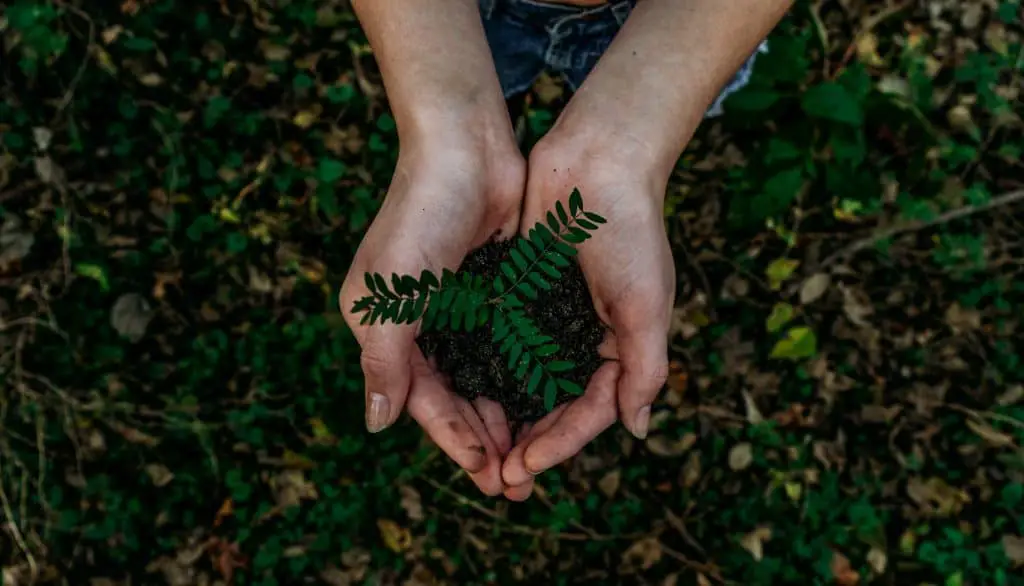
It’s no secret; our environmental conditions are depleting, and finding sustainable alternatives has become crucial. Sustainable fashion aims to reduce the contribution of the fashion industry to the environment.
An environmentally-conscious consumer should pay attention to such values as choosing good quality, ensuring a clean production system, guaranteeing fair pay for employees, and fair prices for consumers. If an item meets the four criteria, it’s definitely sustainable.
Because vegan fabrics are typically organic, they seamlessly biodegrade, and they’re derived from plants, which eliminates their negative contribution to the environment where we live.
Vegan Designs: Are we Sacrificing Elegance?
A question that concerns many consumers is whether vegan alternatives are really fashionable. Is faux leather better than real leather? Can I find jeans made out of cotton? Do they still look stylish? Am I making the right decision?
Dear reader, yes, you are making the right decision. Since extensive research resulted in the emergence of numerous eco-friendly, vegan materials, it’s only a matter of time until vegan fashion takes the market by storm! Dress simply and wait to witness it yourself!
Are There any Vegan Brands out There?
In this section, we’ll mention a couple of vegan fashion brands that you can browse. Believe me, even larger brands will either turn green or launch a vegan line very soon!
Stella McCartney
Stella McCartney is a fashion designer who advocates for eco-friendly, sustainable fashion for all genders and ages. Her brand offers a variety of cruelty-free items that you can shop from.
Mashu
Mashu is a UK-based accessory brand that sells handbags made primarily from polyester, recycled plastic, or pineapple leather. Even the handles are made from wood.
Will’s Vegan Store
With their logo that clearly states they’re “sustainable, ethical, vegan,” Will’s Vegan Store has a distinct set of vegan shoes, wallets, and belts, primarily made from recycled cotton and polyester.
Noumenon
Ladies, if you’re looking for aesthetic designs that are also cruelty-free, by all means, have a look at Noumenon. They use ethical materials like organic cotton, linen, and vegan ramie to create elegant dresses and other outfits.
Final Thoughts
Let’s face it, vegan fashion is here to stay, and thank God it is, thanks to its many merits! All in all, it’s a healthier and more ethical choice for people who realize that they have a role to play to save our planet. Large and small brands are adopting it, and we, as individuals, should do the same.



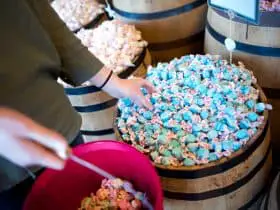
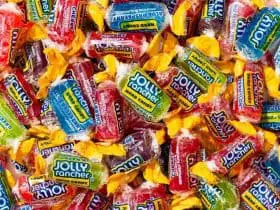

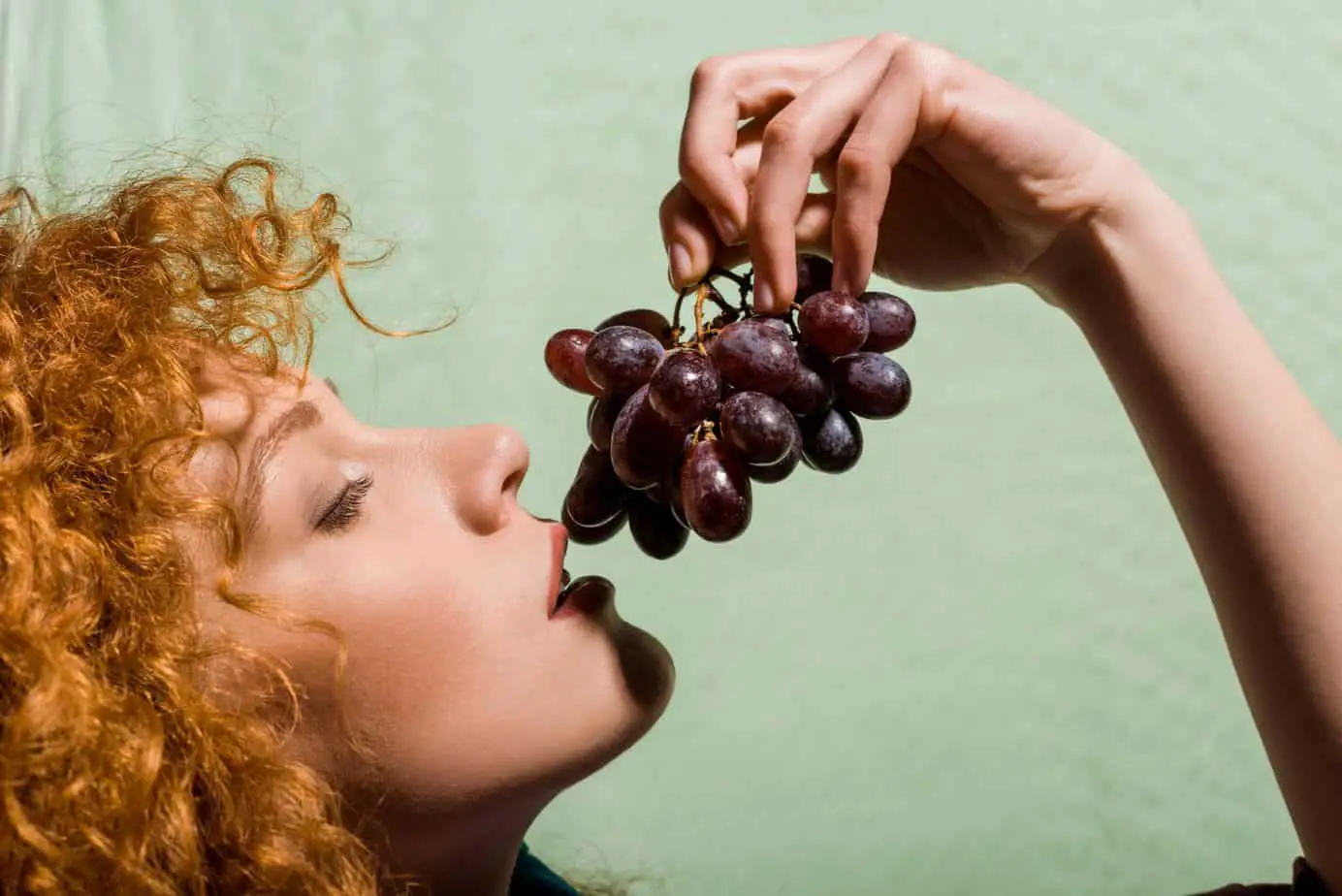
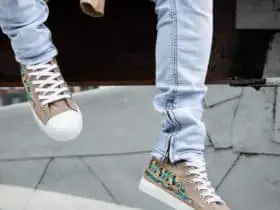
![[Company Profile] Will's Vegan Shoes: The Best Products They Offer 36 Will's Vegan Shoes](https://getvegan.com/wp-content/uploads/2021/10/wills-vegan-shoes-280x210.jpg)
![Everything You Need to Know About Vegan Shoes [Ultimate Guide] 39 vegan shoes guide](https://getvegan.com/wp-content/uploads/2021/07/vegan-shoes-280x210.jpg)
![[Company Profile] 15:21: The Best Products They Offer 42 15:21 Company Profile](https://getvegan.com/wp-content/uploads/2021/07/1521-store-1-280x210.jpg)
![[Company Profile] Matt & Nat: The Best Products They Offer 45 Matt and Nat](https://getvegan.com/wp-content/uploads/2021/04/matt-nat-280x210.jpeg)
Leave a Reply